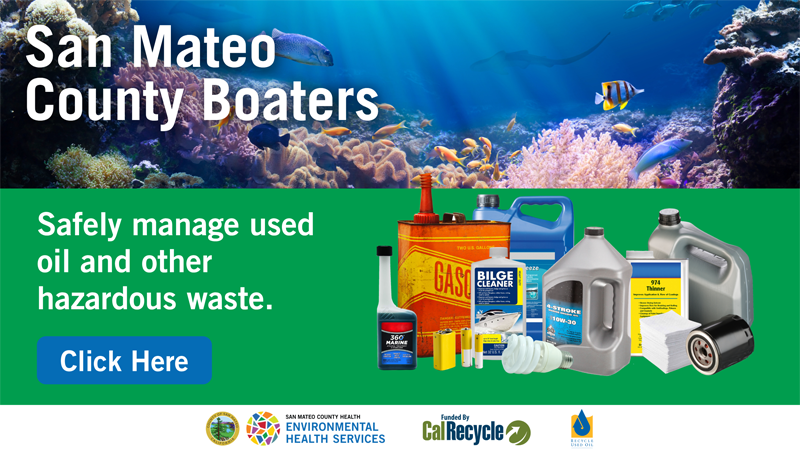
- General Sailing
- Cruising
- Latitude 38 Magazine
- Current News
- Ha-Ha
- Events
- Heading South
- West Coast Sailing
Baja Ha-Ha XXVIII Registrations Open May 11
It’s official: Baja Ha-Ha XXVIII is set for 2022, and registrations open in just short of 10 days! That’s right, folks. Check your calendar, block out the dates, grab your details, and get ready to sign up on May 11 for the wildest cruising rally on the West Coast, possibly anywhere!
Ha-Ha vets will tell you it’s the best thing they’ve ever done, and many of them come back year after year to join the fleet and sail their way from San Diego, CA, to Cabo San Lucas, MX, among great company and good friends. The 750-mile rally includes stops at Turtle Bay and Bahia Santa Maria, where cruisers drop the hook and mingle for fun events such as the famous cruiser-versus-locals baseball game in Turtle Bay — where nobody can strike out and where women and children are always safe; a live rock ‘n’ roll band at Bahia Santa Maria; a dance-off and popcorn throw at Squid Roe; and the classic “Here to Eternity Kissing Contest” in the surf at Medano Beach. And there’s more!
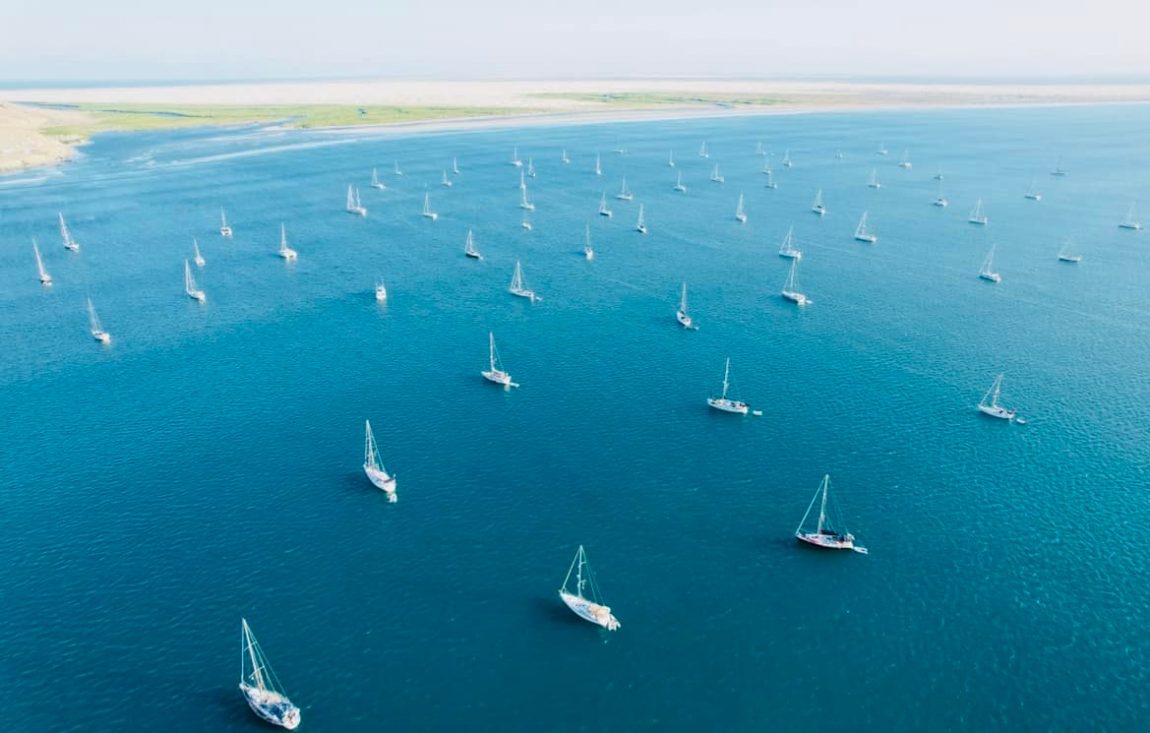
If you haven’t done a Ha-Ha, and have been wanting to, want no more. Hit the link — www.baja-haha.com — read up on the dates and instructions, and find the sign-up page in preparation for next Wednesday, May 11, when registrations open. The sooner you sign up, the more likely you are to secure a berth at Cabo San Lucas. But even if you miss the dock, there’s plenty of space for anchoring just outside.
Did you know?
- Over 10,000 sailors have done the Baja Ha-Ha, and most of them have made new lifetime friends.
- The women have a 16-year winning streak over the men in the tug-o’-war contest.
- Fishing is a lucrative pastime on the way down to Mexico — dorado, wahoo, yellowtail, mako, and other fish are often on the menu for Ha-Ha sailors. We’re told, “Cedar plugs seem to work well, although others score with homemade lures made of Heineken beer can parts and strands of bungee cord, and other lures.” Plus according to Ha-Ha lore, the top “masterbaiter” in last year’s 27th Ha-Ha caught 165 fish, though most were put back into the ocean.
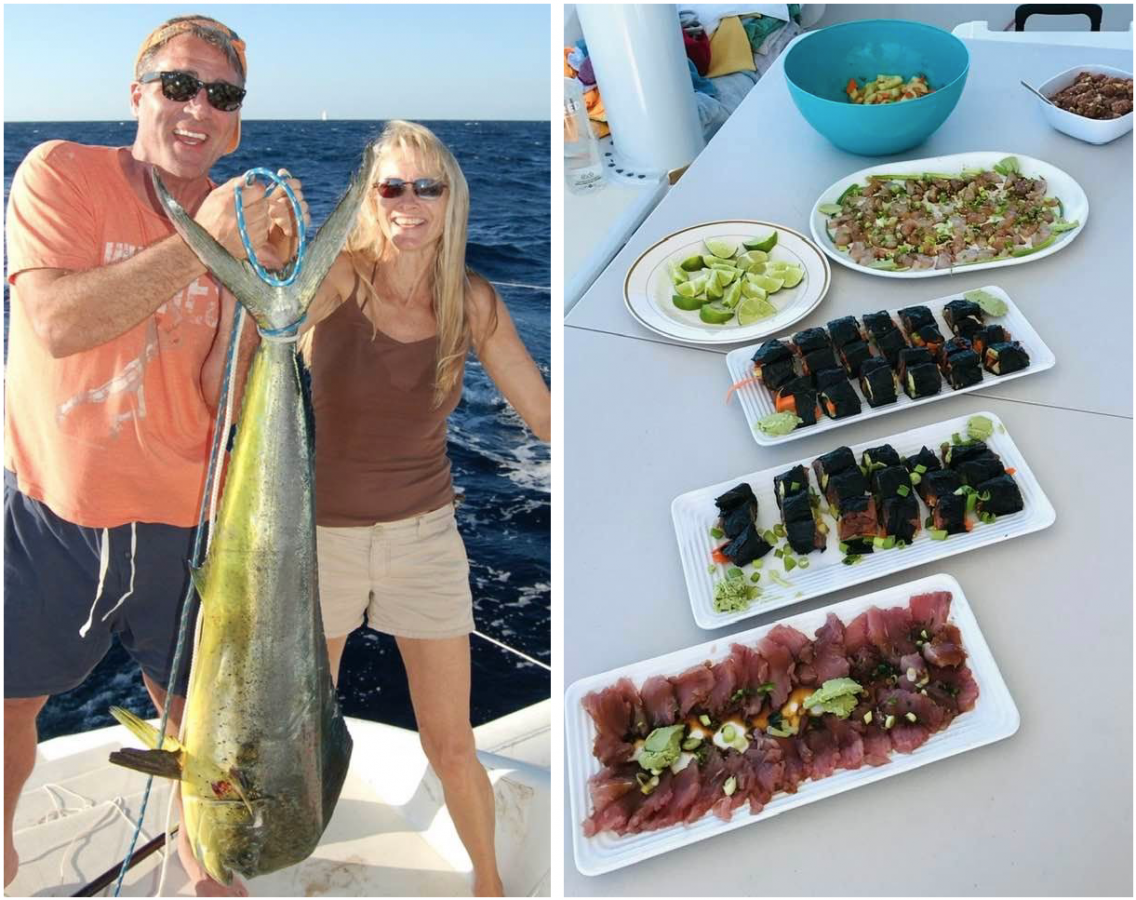
The 28th Baja Ha-Ha will run from October 31 through November 12, with the kick-off party on October 30. Be there!
What Is That Race to Vallejo Called?
Along with crews from 107 other starters, we found ourselves enjoying the scene at Vallejo Yacht Club on Saturday afternoon. We picked up our skipper’s swag bag from VYC volunteers and found it a notch above those from recent years, with some great goodies — and a puzzle.
Among the info and swag donors, some appeared to be unclear on exactly what they were sponsoring. The nicely produced Visit Vallejo Visitor’s Guide listed among Annual Special Events — Spring, the “Vallejo-San Francisco International Yacht Race.” The bag of Moschetti Artisan Coffee, which we’re looking forward to trying, welcomed us to “Vallejo Yacht Club Big Race.”
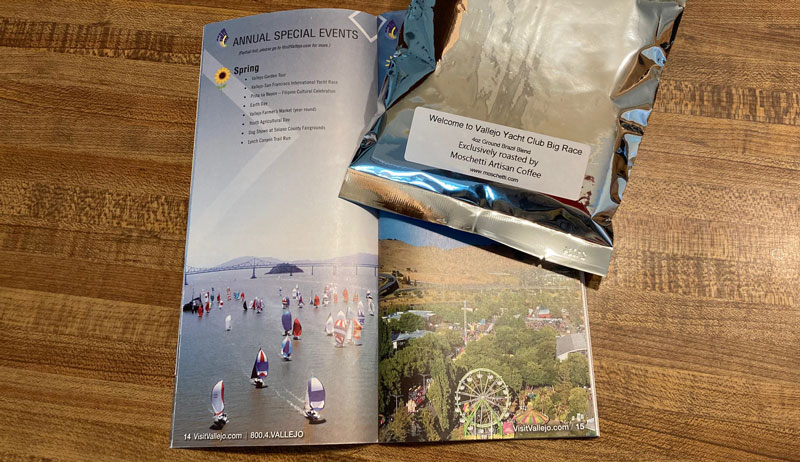
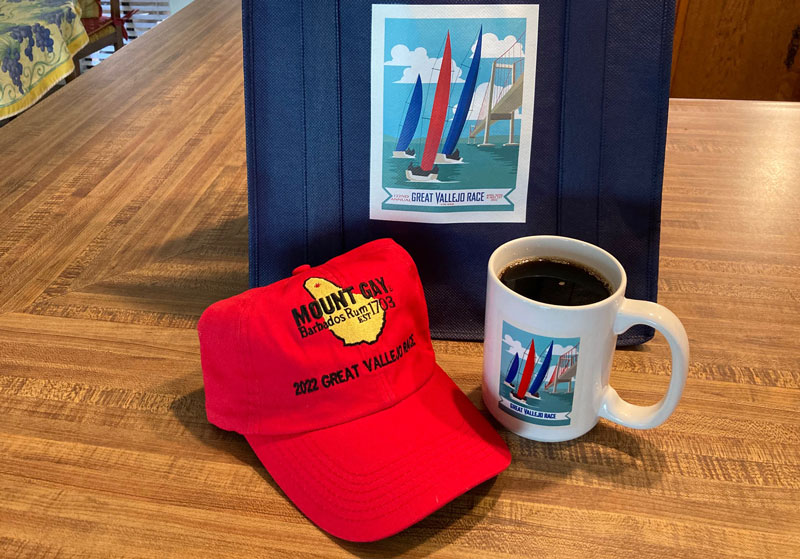
The race itself is a two-day up-and-back affair, with Saturday’s race starting in the Berkeley Circle and finishing off the Vallejo waterfront. After a raft-up and party at VYC, most of the fleet races back to San Francisco Bay on Sunday. The race back does not go to San Francisco; rather it finishes off Richmond YC’s seawall. And no border crossings are needed.
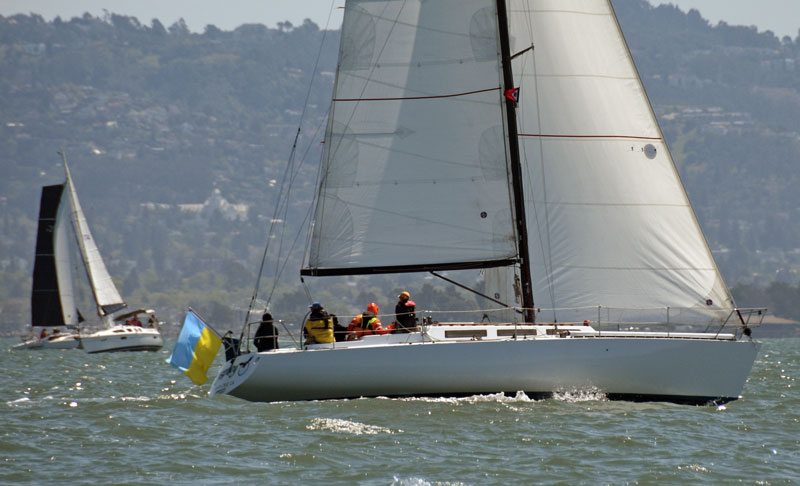
Saturday’s race was on the weird side. Once done with a short leg to a windward mark, some competitors flew spinnakers, but it was a headstay reach. Others opted for code zeroes, or stuck with jibs. A giant wind hole and sloppy water east of Angel Island slowed progress, until a brisk northerly wind filled south of the Richmond-San Rafael Bridge — right in the face of the northbound racers. The contrary wind whipped up chop on the flooding current. Some were finally able to set spinnakers at, variously, the Brother Islands, Point San Pablo, or Point Pinole. We heard of wind up to 27 knots. (Did anyone record higher gusts? If so, please comment below.) The race was not scored using downwind ratings.
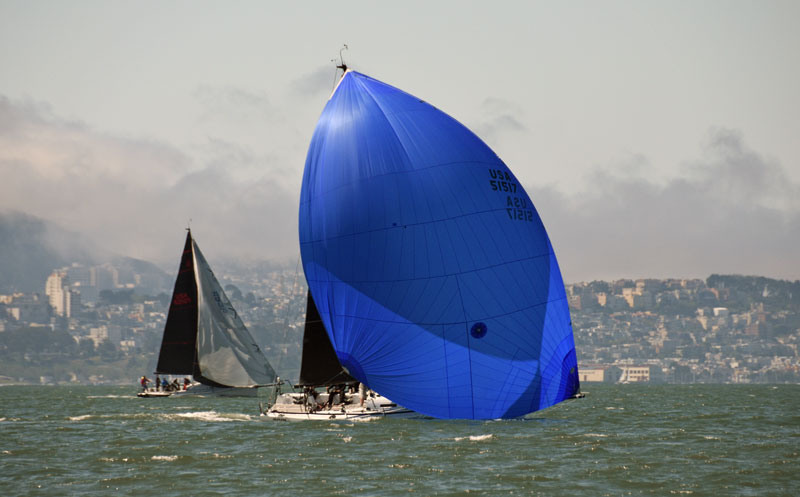
Sunday’s race was mellower. This is supposed to be the upwind leg, and it was. The breeze ranged from less than 10 knots to the mid-teens, never getting gnarly or dying completely. A few boats ran aground in Mare Island Strait, which the fleet sailed down at low tide.
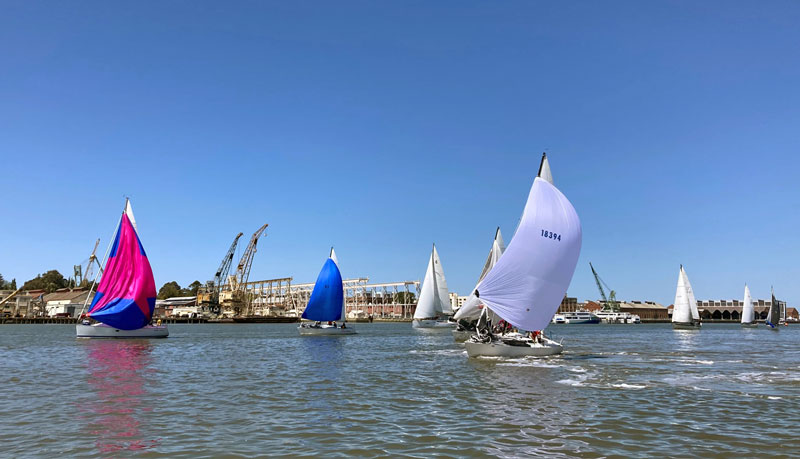
We’ll have much more, including lots of photos, in the June issue of Latitude 38. In the meantime, check out results at www.jibeset.net/YRA000.php?RG=T009224946.
KKMI’s Point Richmond Chandlery Now Open Saturdays
The Clipper Round the World Race to Sail Past San Francisco
After a two-year pandemic hiatus, the Clipper Round the World Race is back underway. Having recently completed Leg 6 in Seattle, the fleet has now restarted to begin Leg 7 to Panama. The leg is expected to take 25 to 30 days, with teams expected to arrive in Panama May 25-30.
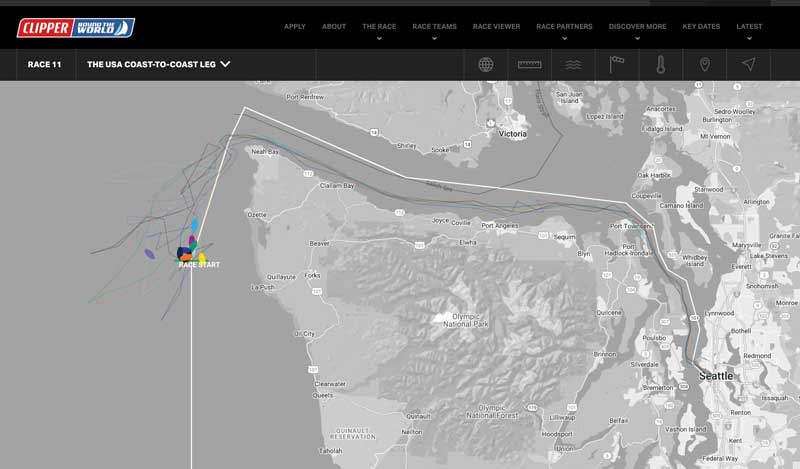
Ten of the 11 teams left Seattle on Saturday, making their way out the Strait of Juan de Fuca and around Cape Flattery to begin the long haul down the West Coast.
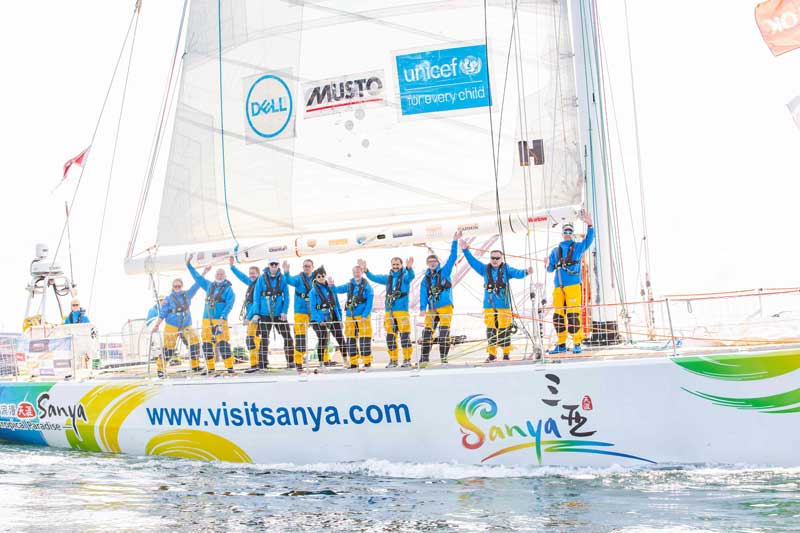
The 11th boat, Qingdao, having diverted to Japan for repairs earlier in Leg 6, is making progress across the North Pacific. She’s heading for San Francisco and is expected to arrive on May 5. They’ll take three to four days for a crew change before rejoining the rest of the fleet in Leg 7. Three Qingdao Leg 7 race crew, Diane Morrison from Australia, Bridget Pugh from the UK, and Qingdao Ambassador Robert Mark, were in Seattle to see the fleet depart. The trio will fly to San Francisco ahead of Qingdao’s arrival this week.
The rest of the fleet will be giving San Francisco Bay and the Golden Gate Bridge a wave as they sail past.
Celestial Navigation Remains Reliable When GPS Fails
Where would modern sailors be without GPS? It’s actually possible to find out. Paul Kamen, who has navigated 23 Hawaii races and is one of the few people who has won navigation awards for both Pac Cup (2000) and Transpac (Mark Rudiger trophy, 2019), recently visited the Corinthian Yacht Club to remind everyone they can still find out where they are, even if the entire GPS system is hacked. The only rub is you need to have a sextant and know celestial navigation. His efficient course trims the learning of the basics of celestial navigation down to just one hour and then, as with everything else in life, all you have to do is practice.
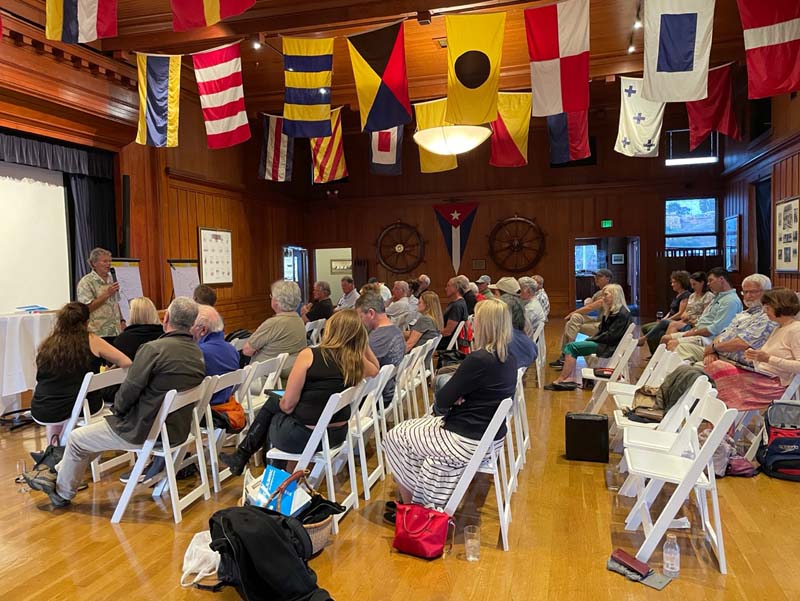
Not too long ago, traditional celestial navigation required large books with sight reduction tables and some very careful, tedious calculations. Kamen’s one-hour fast track to knowing celestial navigation class got everyone up to speed quickly.
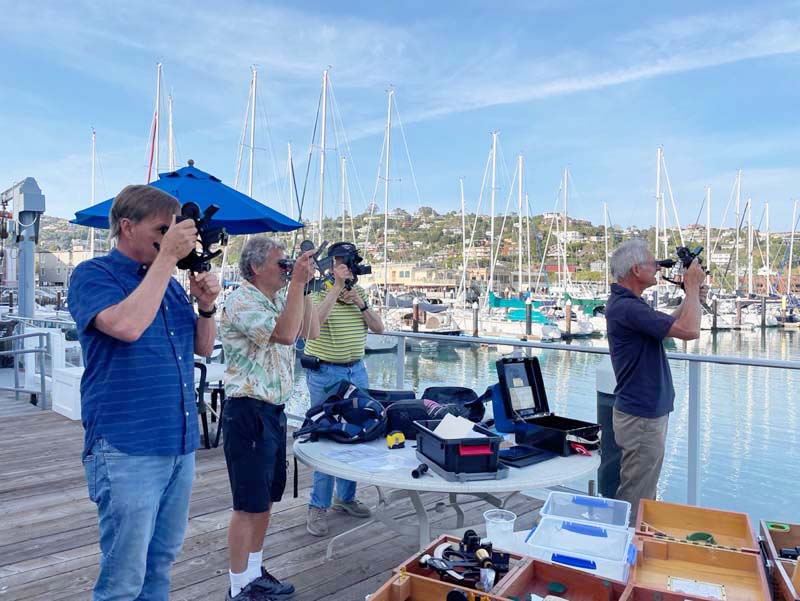
Speaker organizer Shelly Willard said, “Precisely at 18:26:33 PDT on April 7, the moon crossed the meridian of 122º 27.33’ west, a perfect setup for a ‘noon sight’ of the moon from the deck of the Corinthian YC.” There were about 35 eager celestial navigation “students” on hand for the hands-on demonstration and practice session.
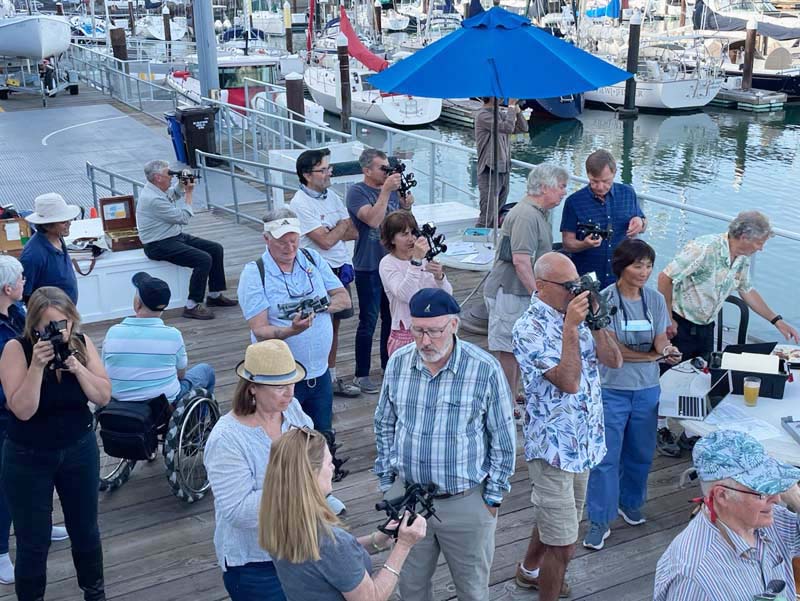
Folks found their dusty old sextants or borrowed a (dusty old) sextant, fiddled with the mirrors and dials, and took sights and compared calculations. The weather cooperated, the moon rose over Angel Island, and some old sailor dogs learned something new.
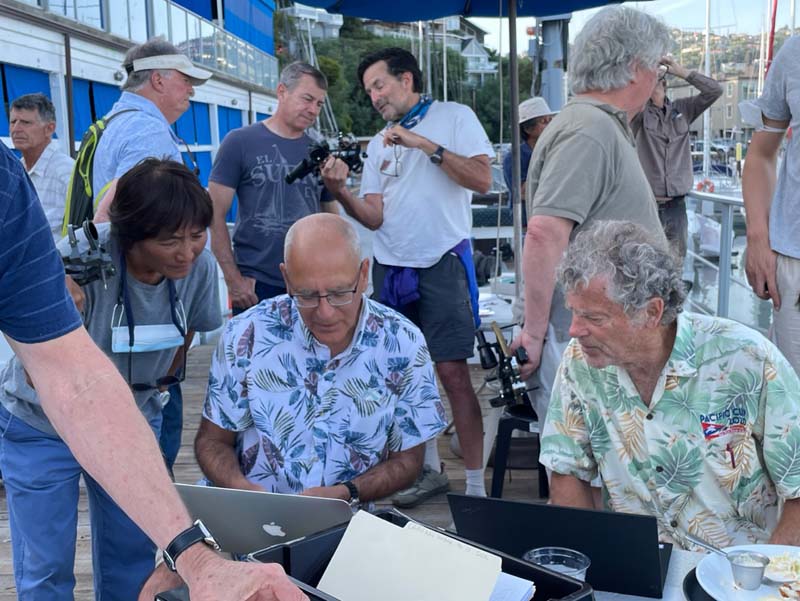
Computers help with the calculations, but even with the whole GPS system down, you can take sights with one of the original handheld navigation devices, the sextant, to determine your location.
Safely Manage Used Oil and Other Hazardous Waste
Visit smchealth.org/boatoil for more boater information and resources. These tips are brought to you by San Mateo County Environmental Health Services (EHS). EHS works to ensure a safe and healthy environment in San Mateo County through education, regulation, and monitoring.


